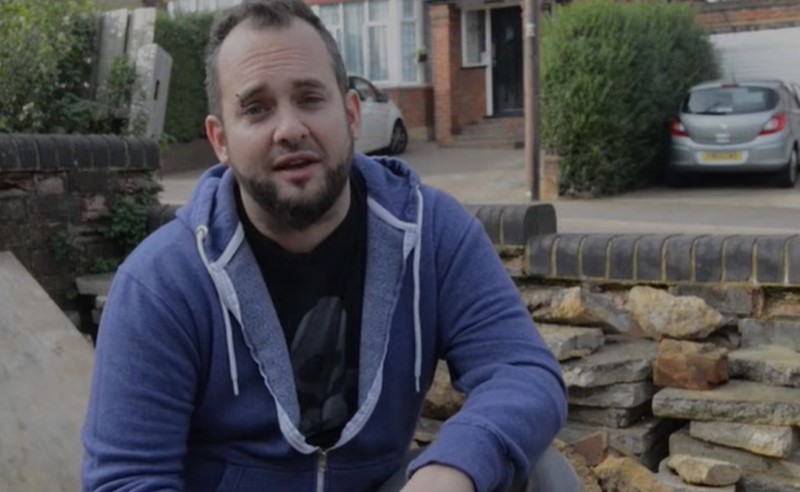
A profound sense of astonishment gripped onlookers as an extraordinary sight emerged from the depths of the sea along the Romanian coast. The tranquil waters revealed a wounded dolphin, its plight capturing the attention of unsuspecting tourists.
Efforts were made to rescue the distressed marine mammal, but regrettably, its fate was sealed. Experts identified the creature as a member of the Delphinus Delphis species, a species known to inhabit the Black Sea.
Upon closer examination, the dolphin displayed multiple wounds on its body, likely inflicted by the ensnaring nets of fishermen. The Black Sea is home to three distinct species of marine mammals: the Common dolphin (Delphinus delphis ponticus), the Bottlenose dolphin (Tursiops truncatus ponticus), and the Harbor porpoise (Phocoena phocoena relicta).
Diverging in morpho-anatomical features and primary food sources, these species exhibit unique characteristics. The Bottlenose dolphin and Harbor porpoise primarily feed on fish and benthic organisms, while the Common dolphin’s diet encompasses fish and other organisms found within the water column.
Each species displays a preference for specific habitats, with the first two favoring coastal areas and the Common dolphin being commonly encountered in offshore zones. The Common dolphin is characterized by a bluish-gray to brown color on its dorsal side, featuring a distinct V-shaped lateral boundary that is remarkably light. A pigmented band, varying in darkness, connects the lower jaw to the insertion of the pectoral fins. The dorsal, pectoral, and caudal fins range from black to gray-brown.
Newborns measure around 0.80-0.95 m, with adults in the Black Sea not exceeding 2 m (males – 177 cm, females – 159 cm). Highly sensitive to chemical and acoustic pollution, they exhibit social behaviors, forming groups of 10-15 individuals, as well as pairs or isolated individuals. With rapid swimming capabilities, reaching speeds of approximately 50 km/h, they engage in short-duration dives and frequent surface breathing at intervals of 1/3 seconds. Their habitat extends to depths of up to 70 meters.
Sexual maturity is reached at the age of 2 years, and the gestation period is 10 months, with weaning occurring at 4 months. Displaying highly developed maternal instincts, their lifespan is estimated to be 25-30 years. Their primary diet comprises small pelagic fish such as sprat, anchovy, and gobies, along with crustaceans.
Additionally, their stomachs often contain other species like horse mackerel, cod, bluefish, red mullet, sea bass, shrimp, and mollusks. The daily food intake for these remarkable creatures is approximately 10 kg.
Man kept hearing strange noises under driveway, it led to an astounding discovery

A 37-year-old man by the name of Simon Marks discovered something quite odd. In other words, he has been residing in the same home for a while, but he only lately realized that he was unaware of what was concealed in the home he had purchased a few years prior.

One day, he came upon what he thought to be a flowerbed while attempting to park his car. His car’s wheels became stuck, and from the driveway, he could hear odd cracking sounds.
He said to himself, “Well, this day couldn’t get any worse.”
Marks bent down to investigate the problem more closely and saw that the driveway’s stones had cracked, causing the driver to give way. The sound of the pavers breaking revealed an incredible finding.

After he had cleared away all the dirt, he saw a metal fragment beneath. Marks clutched the metal piece, not knowing what might be underneath the driveway, and attempted to pull it out, but to no avail. Then he circled around to find out more about the enigmatic thing.
He phoned his father for assistance because he didn’t know what to do next. Together, they were able to remove a large amount of tightly packed muck, which finally revealed an opening. The two men descended the ancient, rusted ladder, curious to see where it would take them.
Marks recalled, “My dad saw it and knew right away that it was an air raid shelter.””After searching on Google, we discovered that there are many in this area.”
The shelter they found in Marks’ garden looked to have been constructed during World War II.
According to Marks, “the previous owner must have known it was there and he must have filled it in when he built the house and put a garden in.”

During the war, these shelters were meant to shield civilians from bombing. It is thought that a guy by the name of Sir John Anderson invented them.

A wall has been sealed with bricks. Though we don’t know, I’m ninety percent certain we won’t discover any more chambers. In order to make room for the foundations when the home was erected, they may have bricked up one of the walls, according to Marks.”We’ll just have to leave it if that’s the case,” he continued.
His discovery was captured on camera, and soon his tale went global.

Marks and his father consider the shelter to be a significant historical landmark, therefore they intend to restore it. They contend that although if that era of history is in the past, it shouldn’t be ignored since it gives us a glimpse into bygone times.



Leave a Reply